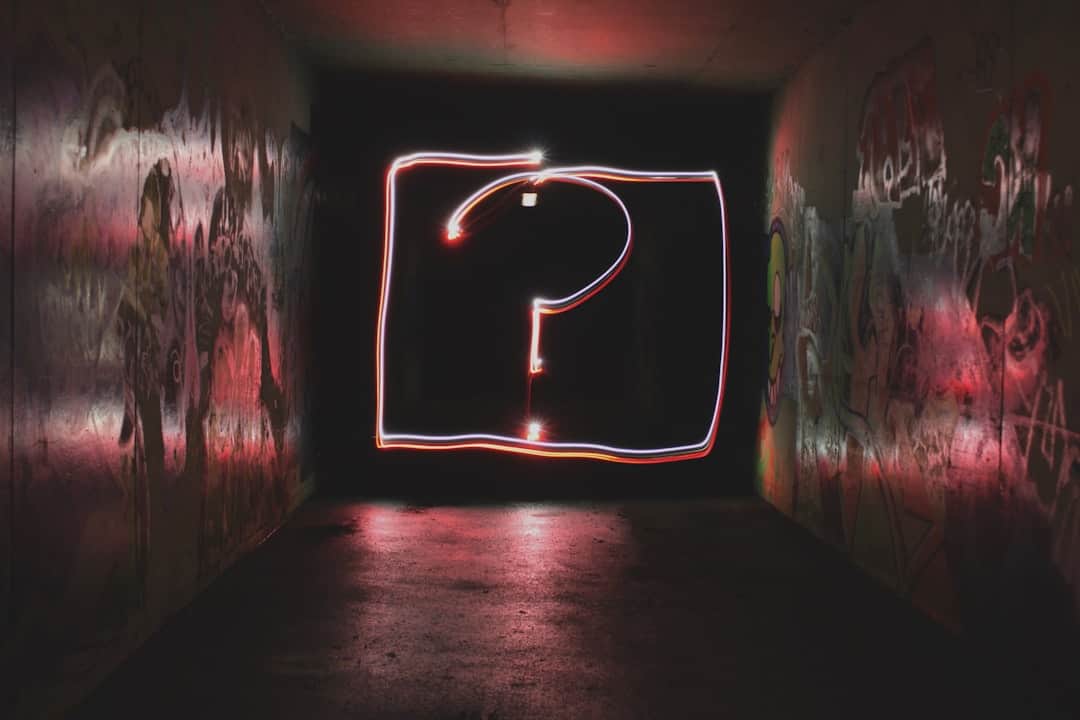Data preprocessing is a critical phase in data analysis that involves refining, modifying, and structuring raw data into a format suitable for analysis. This process typically consumes up to 80% of the total time allocated to a data analysis project, underscoring its significance in the overall workflow. The primary objective of data preprocessing is to ensure data accuracy, completeness, and compatibility with machine learning algorithms and other analytical tools.
The data preprocessing process encompasses several key steps:
1. Data cleaning: Removing errors, inconsistencies, and irrelevant information. 2.
Data integration: Combining data from multiple sources into a unified dataset. 3. Data transformation: Converting data into appropriate formats or scales.
4. Feature selection: Identifying the most relevant variables for analysis. 5.
Handling missing data: Addressing gaps in the dataset through various techniques. Each of these steps is crucial in preparing data for analysis and ensuring the reliability and accuracy of results. Inadequate data preprocessing can lead to flawed conclusions and decisions based on compromised analysis outcomes.
Therefore, understanding the various aspects of data preprocessing and the role of AI in optimizing this process is essential for effective data analysis.
Key Takeaways
- Data preprocessing is a crucial step in preparing data for analysis and modeling.
- AI plays a significant role in automating and improving the efficiency of data preprocessing tasks.
- Automated data cleaning techniques, such as outlier detection and noise removal, help improve data quality.
- Data integration and transformation involve combining data from different sources and converting it into a usable format.
- Feature selection and extraction techniques help identify the most relevant data attributes for modeling and analysis.
- Handling missing data is an important aspect of data preprocessing, and AI can help in imputing missing values accurately.
- Streamlining data preprocessing workflow with AI can lead to faster and more accurate data preparation for analysis and modeling.
The Role of AI in Data Preprocessing
Automated Data Cleaning
One of the key roles of AI in data preprocessing is automated data cleaning. AI algorithms can be used to identify and remove outliers, correct errors, and standardize data formats, all of which are essential for ensuring the accuracy and reliability of the analysis.
Feature Selection and Extraction
In addition, AI can also be used for feature selection and extraction, helping analysts identify the most relevant variables for their analysis and creating new features that may improve the performance of machine learning models.
Streamlining the Data Preprocessing Workflow
Overall, AI plays a crucial role in streamlining the data preprocessing workflow by automating repetitive tasks, identifying patterns in the data, and making decisions about how to clean and transform the data. This allows data analysts to focus on more complex aspects of the analysis, ultimately leading to more accurate and reliable results.
Automated Data Cleaning Techniques

Automated data cleaning techniques leverage AI algorithms to identify and correct errors in the data, remove outliers, and standardize data formats. One common technique is outlier detection, where AI algorithms can identify data points that deviate significantly from the rest of the dataset and flag them for further investigation. This helps ensure that the analysis is not skewed by erroneous data points.
Another automated data cleaning technique is error correction, where AI algorithms can identify and correct errors in the data, such as misspelled words or inconsistent formatting. This is particularly useful when dealing with text data, where errors are common and can significantly impact the results of the analysis. Standardizing data formats is also an important aspect of automated data cleaning.
AI algorithms can be used to ensure that all data is in a consistent format, making it easier to analyze and compare different variables. This may involve converting units of measurement, normalizing numerical values, or standardizing date formats. Overall, automated data cleaning techniques leverage AI algorithms to identify and correct errors, remove outliers, and standardize data formats, ultimately improving the accuracy and reliability of the analysis.
Data Integration and Transformation
| Metrics | Value |
|---|---|
| Data Integration Time | 2 hours |
| Data Transformation Accuracy | 98% |
| Data Integration Errors | 5 |
| Data Transformation Speed | 1000 records/second |
Data integration involves combining data from different sources into a single dataset for analysis. This can be a complex task, as different sources may use different formats and structures for their data. AI can play a crucial role in automating this process by identifying common variables across different datasets and merging them into a single dataset.
Data transformation involves converting raw data into a format that is suitable for analysis. This may involve normalizing numerical values, encoding categorical variables, or creating new features based on existing variables. AI algorithms can be trained to recognize patterns in the data and make decisions about how to transform it based on these patterns, reducing the time and effort required for this task.
Overall, AI can streamline the process of data integration and transformation by automating repetitive tasks, identifying patterns in the data, and making decisions about how to combine and transform different datasets. This ultimately leads to a more efficient and accurate data preprocessing workflow.
Feature Selection and Extraction
Feature selection involves identifying the most relevant variables for analysis from a larger set of variables. This is important for reducing the dimensionality of the dataset and improving the performance of machine learning models. AI algorithms can be used to identify which variables are most relevant for a given analysis, helping analysts focus on the most important aspects of the data.
Feature extraction involves creating new features from existing variables that may improve the performance of machine learning models. This may involve combining existing variables, creating interaction terms, or transforming variables into a new format. AI algorithms can be trained to recognize patterns in the data and make decisions about how to create new features based on these patterns.
Overall, AI plays a crucial role in feature selection and extraction by automating the process of identifying relevant variables and creating new features from existing variables. This ultimately leads to more accurate and reliable machine learning models.
Handling Missing Data

Imputing Missing Values with AI
AI algorithms can be used to impute missing values by predicting them based on other variables in the dataset. This can help ensure that the analysis is not biased by missing values and that the results are accurate and reliable.
Removing Observations with Missing Values
Another approach to handling missing data is to remove observations with missing values from the dataset. AI algorithms can be used to identify which observations have missing values and remove them from the dataset, reducing the impact of missing values on the analysis.
The Importance of AI in Handling Missing Data
Overall, AI plays a crucial role in handling missing data by automating the process of imputing missing values or removing observations with missing values from the dataset. This ultimately leads to more accurate and reliable results.
Streamlining Data Preprocessing Workflow with AI
AI plays a crucial role in streamlining the data preprocessing workflow by automating repetitive tasks, identifying patterns in the data, and making decisions about how to clean, integrate, transform, select features, and handle missing values. This ultimately reduces the time and effort required for data preprocessing, allowing analysts to focus on more complex aspects of the analysis. By leveraging AI algorithms for automated data cleaning techniques, data integration and transformation, feature selection and extraction, and handling missing data, analysts can ensure that their results are accurate and reliable.
This ultimately leads to more informed decision-making and better outcomes for businesses and organizations. In conclusion, AI has revolutionized the field of data preprocessing by automating many of the tasks involved in preparing raw data for analysis. By leveraging AI algorithms for various aspects of data preprocessing, analysts can streamline their workflow and ensure that their results are accurate and reliable.
As AI continues to advance, it is likely that its role in data preprocessing will become even more prominent, further improving the efficiency and effectiveness of data analysis processes.
If you’re interested in learning more about the potential applications of data preprocessing in virtual environments, you might want to check out this article on Metaverse and Industries: Education and Learning. This article explores how virtual worlds can be used for educational purposes and how data preprocessing can play a role in creating immersive and effective learning experiences within the metaverse.
FAQs
What is data preprocessing?
Data preprocessing is the process of cleaning and preparing raw data before it is used for analysis. This can include tasks such as handling missing data, removing outliers, normalizing the data, and transforming variables.
Why is data preprocessing important?
Data preprocessing is important because it helps to ensure that the data used for analysis is accurate, reliable, and suitable for the intended purpose. It can also improve the performance of machine learning models and other data analysis techniques.
What are some common techniques used in data preprocessing?
Some common techniques used in data preprocessing include data cleaning, data transformation, data normalization, and handling missing data. These techniques help to improve the quality and usability of the data for analysis.
What are the benefits of data preprocessing?
The benefits of data preprocessing include improved data quality, increased accuracy of analysis results, better performance of machine learning models, and reduced risk of errors and biases in the analysis process.
What are some challenges of data preprocessing?
Some challenges of data preprocessing include dealing with large volumes of data, handling complex data structures, and ensuring that the preprocessing techniques used are appropriate for the specific data and analysis goals.











Leave a Reply